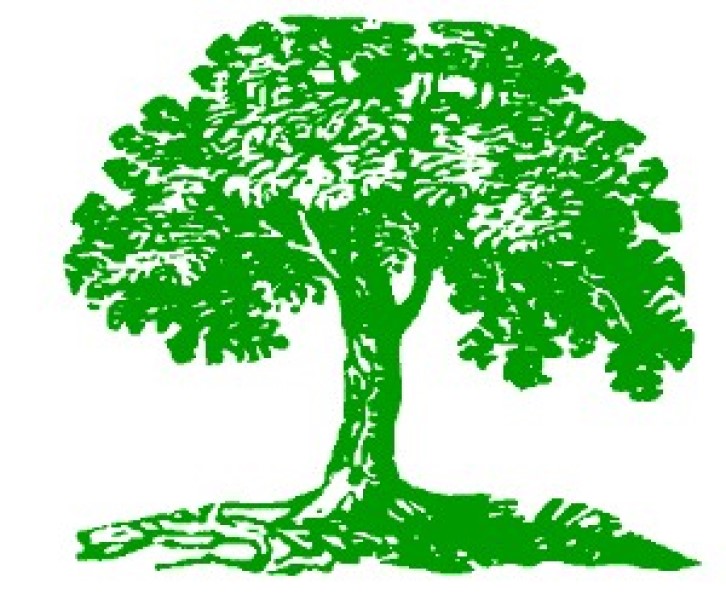Genealogy

Ever wanted to know what your great-grandmother was like?
Or where that Civil War ancestor may have fought?
Wondering if you’re related to a famous movie star or descended from royalty?
The answers to your questions can be found in genealogical research and the Cameron Parish Library can help you discover who you are and where you come from.
Your ancestors are out there, waiting for you to uncover their lives. Let the Cameron Parish Library help you with your search.
Genealogy Links
The Internet can be a useful tool in your search for your ancestors. To that end, the following list of websites that should help you gather clues about your ancestors.
How to Get Started in Genealogy
There are five basic questions every beginning genealogist should ask repeatedly:
What do I know about my family?
The first step in beginning your family history research is to fill out a pedigree chart. Start with yourself in the #1 position, filling out the name, dates, and locations lines and work backward from there. On the chart, your father is #2, your mother is #3, father’s father #4, father’s mother #5, and so on. If you don’t know exact dates and locations, make an educated guess. Bring the completed (as completed as you can make it) form to the library. Staff will look at your chart and help you fill in the holes with the available resources.
In addition, you can also fill out a family group sheet, which focuses on organizing each individual family unit. Your father and mother would go on the top two lines and their children on the subsequent lines underneath.
The focus of your research will determine how many pedigree charts and family group sheets you will need to fill out. If you simply want to research back through your ancestry to find great-grandparents and on back, you will fill out few family group sheets and many pedigree sheets. If you want to find out everyone you are related to or know all of the descendants of a particular ancestor, you will fill out few pedigree charts and many family group sheets.
What do I want to learn about my family?
Here, you simply select an ancestor you wish to research. It is much easier if you select an ancestor who was born before 1930. As a general rule, you should work on one ancestor at a time, gathering as much information on that person as possible. Identify what information you would like to know (e.g. where/when the person lived, married, or died, military service, occupation).
What will solve my research problems?
Like a police detective, you are gathering evidence. Every document or source you find on your ancestor contains evidence, and, like a police detective, you want to find the most reliable, irrefutable evidence you can get. A good family history is based on the quality of the evidence gathered, not the quantity.
Evidence is divided into two categories: primary and secondary.
Primary evidence is created at or near the time of an event (such as birth, marriage, death or census records) and is based on firsthand knowledge, whether oral or written. Primary evidence is also known as “best evidence.”
Secondary evidence is second-hand or based on hearsay. It is less reliable and best used as a guide to locating records that provide original/primary evidence. What is considered secondary evidence? 1. Any information that has been translated, transcribed, or indexed, 2. A report written by someone who was not witness to the event, 3. information from compiled sources, 4. histories, family traditions, or legends.
Some documents will contain both primary and secondary evidence. In addition, there may be several sources for the same piece of information (e.g. year of death).
Where do I find records?
The Cameron Parish Library has many print and online sources available family researchers. Click here to browse the library’s catalog. The “Genealogy Links” page, located under the Genealogy heading in the menu at the right of the screen, also provides excellent resources for genealogists of all skill levels.
What do I do next?
Organizing your records for easy access is a top priority. Use the pedigree charts and family group sheets, or one of the many family tree computer programs, to record all of the information you’ve uncovered. Make copies of every record you find useful and check off records you’ve already used to avoid duplication.
Exhaust all options. Sometimes the best sources of genealogical research can be found in your own home. Family bibles, scrapbooks, letters, copies of birth or death certificates, or wills can sometimes be found in the attic or in an old trunk at grandmother’s house. Visit cemeteries where relatives are buried to pay respects and pick up more information.
Other places like courthouses, archives, historical societies or other libraries may have excellent information. Talk to your librarian to get help in connecting with these organizations.
Maybe the most important source of information may be your own family. Talk to your older relatives and get them to tell their story. Invest in a digital recorder and record your conversations with your relatives (inform them you’re recording, first). Seek out other family members working on their genealogies and collaborate with them. It’s possible that, if you gather enough information, you could write a family history and have it published and put on the shelves at your local library.

